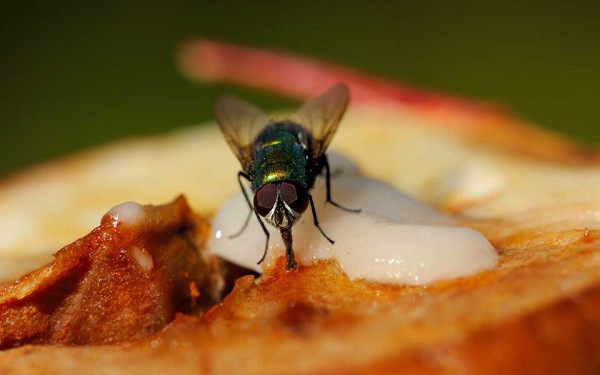"No dirty food, only unsafe food"
In recent days, the issue of food hygiene and safety is becoming a concern of many people. The case of discovering Salbutamol (weight gain) residues in animal feed has not settled down yet, and it has been discovered that fresh bamboo shoots dyed in yellow (Auramine O - banned substances used in processing and preserving). food). A series of consecutive discoveries made the keyword "dirty food" become "hot" than ever.
To combat trafficking and dirty food production, recently, the Criminal Code passed by the National Assembly will take effect on July 1, detailing the imprisonment of producers and traders " Dirty food ".
What is dirty food?
The term commonly used "dirty food" is mentioned a lot, but many people will probably wonder, what is dirty food, how to tell what is dirty food and us, Are there any standards for evaluating clean or dirty food?
Talking with us, Mr. Nguyen Hung Long, Deputy Director of Food Safety Department (Ministry of Health) affirmed: "There is no concept of dirty food, only safe or unsafe food".
Mr. Long explained, in the current legal documents, the concept of dirty food is not used. "It is just a commonly used word but not a standard noun phrase, so it cannot be defined clearly."
According to Mr. Long, each type of food has its own regulations on safety thresholds. A food is rated as unsafe when it contains substances harmful to health.
"The list of banned substances is publicly posted on the Food Safety Bureau website. The criteria for assessing whether a food is safe or not are based on whether it is used in excess of the permissible limits for harmful substances or substances. ban or not. "
At the press conference, Mr. Long also gave specific examples. "For example, yellow-dyed bamboo shoots will surely be banned and people trading and producing this product will be handled. But in other cases such as residues of plant protection chemicals in vegetables and tubers, It is required to verify if the residue level is exceeded, whether it is safe level or not before it can be processed.If antibiotic residues are left in cattle, poultry, aquatic or marine products, it only needs verification. Being able to have residues is treatable because, according to regulations, antibiotic residues are not allowed. "
According to Mr. Long, unsafe food cannot simply be seen by the naked eye. "Is it possible that consumers' shopping experience, based on color, elasticity to prevent somewhat but if you want to know exactly, it still requires relying on careful inspection."
Answering the question of which foods are leading the risk of antibiotic residues, Mr. Long said that this problem is currently very wide. "Vegetables, roots and fruits are likely to have residues of plant protection substances. Meat of cattle, poultry, aquatic and marine products has the potential of antibiotic residues. Especially shrimp and aquatic products are often discovered. have high antibiotic residues ".

Speaking at a press conference on the month of action for food safety in 2016, Mr. Long also said that consumers should raise their vigilance and promptly report cases where they know that producers and traders have use of banned substances, antibiotic residues or plant protection drugs in excess of the permitted level.
"There are now quick test strips of food toxins and we strongly encourage consumers to use them to promptly identify unsafe food," Mr. Long added.
The "dirty food" inspection process can take up to 15 days
To assess what is unsafe food requires testing, so how long does this process usually take, answering this problem, Assoc. Le Thi Hong Hao, Director of the National Institute for Food Safety and Hygiene, said that depending on the type of food, the substances that need verification are long, short.
"We often prioritize checking and verifying food samples being inspected and inspected by agencies and need to get results soon. However, the time to verify depends on many factors." .
According to Ms. Hao, there are substances that take only half a day to be analyzed. "However, if it involves fermentation to find harmful microorganisms, it may take us up to 15 days to complete the fermentation and analysis of food samples."
Source: Kênh 14
Reader Comments
Older articles
What terrible thing happens when flies land on your meat?
Everyone was taught not to put flies on food. But what about the beans? You...
High temperature, toxic metamorphic food?
Most of the food purchased often requires a certain amount of processing or...
Mooncakes appeared less than 3,000 VND / unit spread, experts warned when eating moon cake
According to Associate Professor Dr. Nguyen Duy Thinh, no matter what moon cake,...





